Recurring Dry Spells Fuel Water Worries in Tokyo
The Japanese megacity now experiences a dry spell every decade or so.
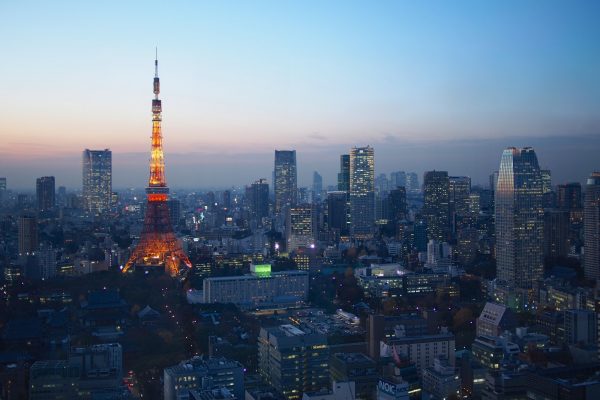
Blue Hour over Tokyo. Photo courtesy Balint Földesi/Flickr
The Rundown
Although Tokyo generally enjoys plentiful rainfall, the Japanese megacity could soon face water shortages. Tokyo’s rains are concentrated in two months of monsoon and two of typhoon. If rainfall is below-average during one of these periods, then the city faces the beginnings of drought. Tokyo and its suburbs, which are home to more than 35 million people, now experience a dry spell once every decade or so.
Over the past century, Tokyo has weathered a handful of particularly harsh droughts. In response, the Japanese government expanded the city’s water storage capacity and turned rooftops into rainwater catchments. If Tokyo was faced with a prolonged drought, however, the government’s water-saving measures might not be enough. Tokyo relies heavily on surface water, leaving few alternatives in the event of a severe dry spell.
“[A water conservation city] cherishes the limited and valuable water resources and is resistant to drought…by promoting reasonable use of water while securing the necessary amount of water for the citizens of Tokyo.” —A report by Tokyo’s Bureau of Waterworks, in reference to the city’s water objectives. Despite careful preparation, the city could soon run low on water due to the growing likelihood of dry spells.
By The Numbers
42 months Length of time that Tokyo was forced to restrict its water supply in the early 1960’s, from October 1961 to March 1965. This drought, along with other shortages, prompted Japan to focus on increasing its storage capacity.
37 million Estimated population of the greater Tokyo area.
70 percent Amount of Tokyo’s water that comes from rivers, lakes, rainfall, and distant snowpack. The other 30 percent comes from groundwater.
16,000 miles Length of Tokyo’s entire plumbing system. The city’s pipes are fairly efficient, but the government hopes to further reduce leakage.
750 Number of private and public buildings in Tokyo that have rainwater collection and utilization systems.
Science, Studies, and Reports
A 2014 report on urban water infrastructure listed Tokyo as the largest water-stressed city in the world. The researchers determined water stress using the WaterGAP method, which models a region’s water cycle and consumptive water use for agriculture, industry, and domestic purposes.
On The Radar
Tokyo continues to plan for future water shortfalls. One innovative solution involved engineering the 90,000-square-foot roof of a local arena so that it channels rainfall into a tank. From there, the water is pumped inside the stadium for non-potable use. Another tactic for boosting the city’s water supply is cloud seeding, which involves shooting particles into clouds to induce rainfall. Tokyo successfully tested the technique in 2013; however, there are questions about its effectiveness.
Recently, Tokyo has also been dealing with a pollution problem. The city is hosting the 2020 Olympics, and tests of the marathon swimming and triathlon venue revealed E.coli and fecal coliform bacteria. The city claims the pollution is due to unusually heavy rains last year. Toshiro Muto, the CEO of the organizing committee for the 2020 Tokyo Olympics, says Tokyo is committed to improving water quality.
Resources And Further Reading
Stable Supply of Potable Delicious Water (Tokyo Bureau of Waterworks)
The 11 cities most likely to run out of drinking water – like Cape Town (BBC)
Thirsty Yet? Eight Cities That Are Improbably Running out of Water (Take Part)
Tokyo Olympic CEO Promises Clean Games for Japan (The New York Times)
Water on an urban planet: Urbanization and the reach of urban water infrastructure (Science Direct)
Water Resources Management in Japan (World Bank)
Kayla Ritter is a recent graduate of Michigan State University, where she studied International Relations and Teaching English to Speakers of Other Languages. She is currently based in Manton, Michigan. Kayla enjoys running, writing, and traveling. Contact Kayla Ritter

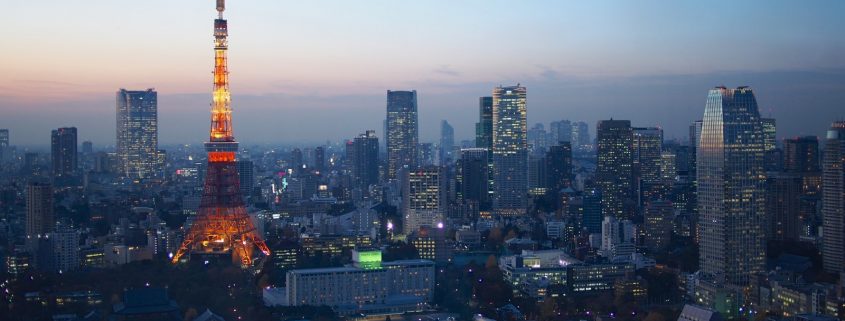

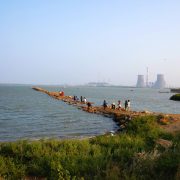
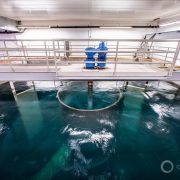
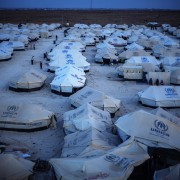
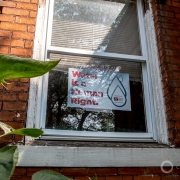
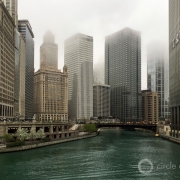
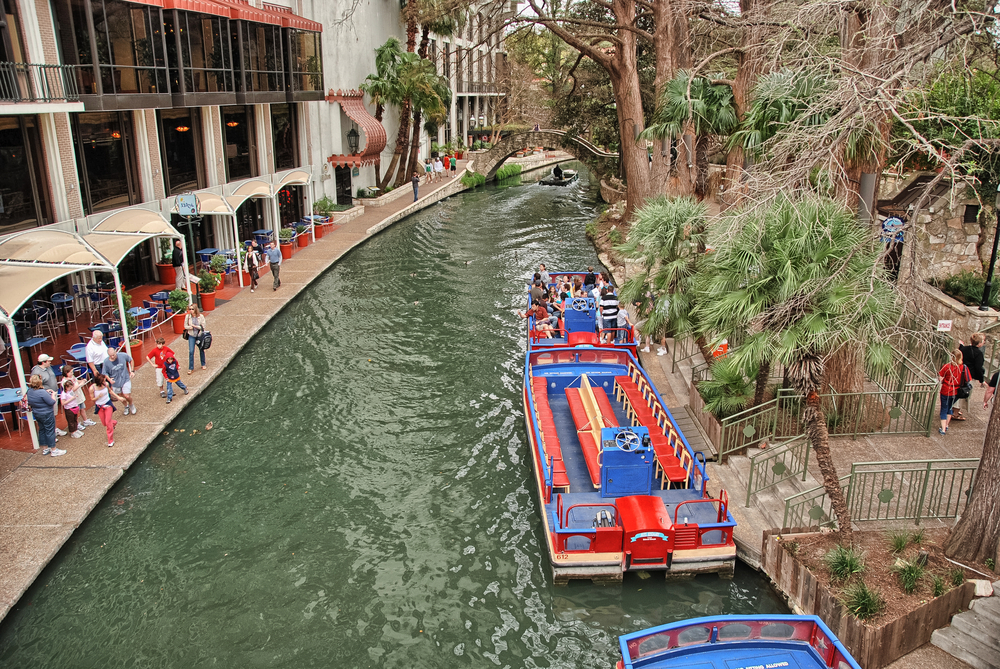

Trackbacks & Pingbacks
[…] Water shortage and the 1965 Olympics: With a much smaller population of 10.6 million people in 1965, Tokyo suffered from a severe water shortage due to a limited rainy season and increased demands for the upcoming Olympics. Before October 1961 through March of 1965, Tokyo was forced to restrict its water supply for 42 months. […]
[…] Tokyo sources 70% of its water from surface water, potable water is obtained through treatment facilities like Tokyo Waterworks’ Misono plant, […]
[…] проблемы могут возникнуть у Каира. Усиленно истощаются ресурсы в Токио. Сан-Паулу едва не остался без […]
Leave a Reply
Want to join the discussion?Feel free to contribute!